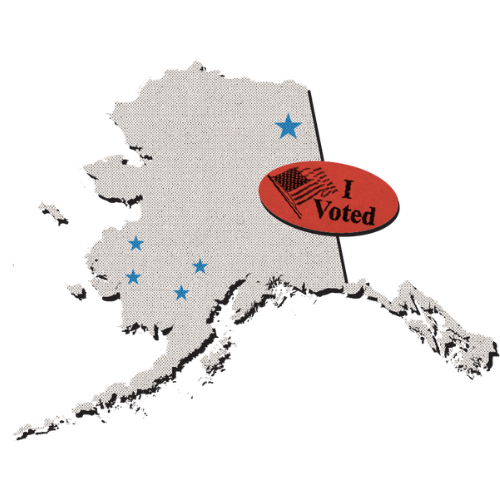Source: Cook Political Report
Learn how Cook measures competitiveness in the U.S. House.
Note: Depending on race dynamics, Cook's ratings can change. This map will be updated accordingly.
Source: Cook Political Report
Learn how Cook measures competitiveness in the U.S. Senate.
Note: Depending on race dynamics, Cook's ratings can change. This map will be updated accordingly.
Despite tens of millions of voters casting ballots in the 2022 general election, a staggering 359 of 435 U.S. House seats were effectively decided months before the general election by just 8% of voters nationwide.



Despite the fact that over 100 million Americans will likely vote in the 2024 general election, a staggering number of U.S. Representatives will have already been effectively elected in low turnout primaries.
Read Unite America Institute's full analysis of the 2024 Primary Problem.



We can solve The Primary Problem with Open, All-Candidate Primaries. Unite America and local leaders are at the forefront of this monumental shift in American democracy.
WHAT ARE OPEN, ALL CANDIDATE PRIMARIES?
Instead of a typical party primary where you vote in either the Democrat or Republican party's primary, open, all-candidate primaries mean that there is one ballot with all candidates on it — from all political parties — and every voter can participate. The top finishers advance with no party gatekeeping.
Research shows that open, all-candidate primaries lead to better choices, a fairer system, and more accountability in Congress.






Approved by voters in 2020 and used for the first time in 2022, Alaska’s new election system pairs a top-four primary with an instant runoff general election. Under the new system, Alaska had the highest share of eligible voters (35%) who cast meaningful votes to elect its state house, nearly three times the national average.
.png)
In 2010, a bipartisan coalition of reformers championed Proposition 14, a California ballot initiative to adopt the top-two model under use in Washington State. Proposition 14 passed with 54% support from voters and was implemented in 2012. Since 2010, Californians’ approval of state government has soared by 20 points.
Most people think elections are decided in November—but in reality, many races are effectively settled months before, during the primaries. If you skip that step, you’re often missing your only real chance to shape who represents you.
When more people participate in primaries, candidates must appeal to a broader range of voters—not just the most partisan few. Your ballot carries more weight in these low-turnout contests, and casting it helps ensure the options in November better reflect your community.























While there are many forces fueling polarization and dysfunction in America, we are focused on addressing the biggest, solvable problem: partisan primaries.
Writing about the Primary Problem? Contact us at press@uniteamerica.org.

Stay up-to-date on the latest news and resources from Unite America.